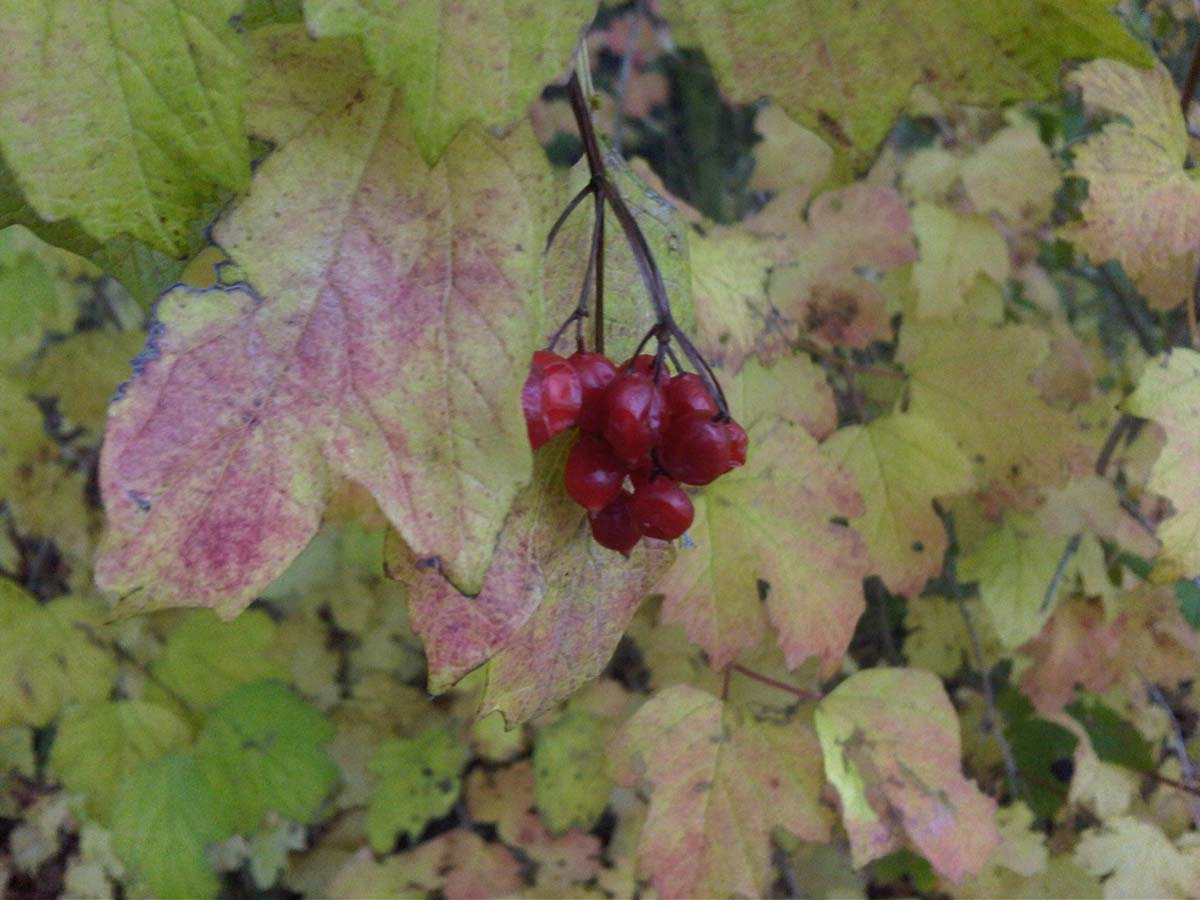
Cramp bark is a herb that is considered to be very helpful for many medical conditions, especially those that are characteristic for women. It has been used traditionally to treat a number of ailments, and nowadays it is available in form of supplements.
What is cramp bark
Cramp bark is known by many names, like Viburnum opulus, snowball tree, European cranberrybush, water elder, and many more. It is a deciduous tree that belongs to the family of Caprifoliaceae, and it is native to Asia, Europe and Northern Africa. It has been used all around the world for decorative purposes, and its health benefits have been discovered in 1960s in the United States.
The bark that is peeled from the branches during summer is used to make herbal medicine. Bark extract, on the other hand, is obtained by peeling the bark from the roots and not from the branches. It is then soaked in alcohol or a similar liquid to form a tincture. Cramp bark can also be used topically, as a lotion or an ointment.
Cramp bark benefits
As mentioned above, cramp bark is mostly used to improve women’s health and to prevent various ailments that affect women and their reproductive system. Cramp bark is believed to regulate menstrual cycles, bleeding and pain. It is also administered to pregnant women to treat the premature labor pain and to strengthen the uterine muscles, preparing them for labor. Some doctors even recommend this herb as a form of prevention against miscarriage.
Being an excellent source of vitamin C, cramp bark is recommended for people who suffer from vitamin C deficiency and to prevent scurvy, a disease caused by the lack of vitamin C with symptoms like bleeding gums and loose teeth.
Cramp bark has anti-inflammatory properties, which makes it suitable for people who suffer from rheumatoid arthritis.
If consumed in form of a tea, cramp bark helps against muscle ache and cramps, because it acts as a relaxant.
This herb has been used to treat hysteria, convulsions, lock jaw, nervous debility and other nervous disorders. It is also recommended to people who suffer from asthma and to those who have excess mucus in their lungs.
Cramp bark can be used as medication for breathing problems, colic, constipation, poor circulation, high blood pressure, and many more.
Side effects
Cramp bark has not been analyzed sufficiently so it is not completely clear what the proper dosages are. It is best to consult a doctor or a herbalist before taking this herb. Some people are allergic to cramp bark and they may experience allergic reactions with symptoms like rash, hives, soreness and swelling.
This herb may interact with other herbal remedies and cause dizziness, confusion and fainting, and in excess dosages it can cause nausea, vomiting, diarrhea and bloating.


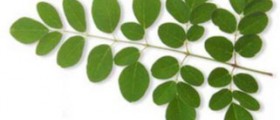


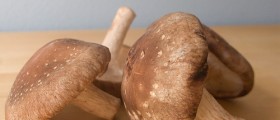



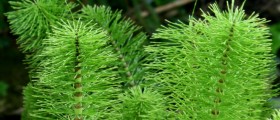




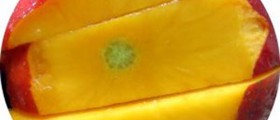

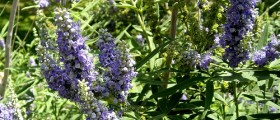
Your thoughts on this
Loading...